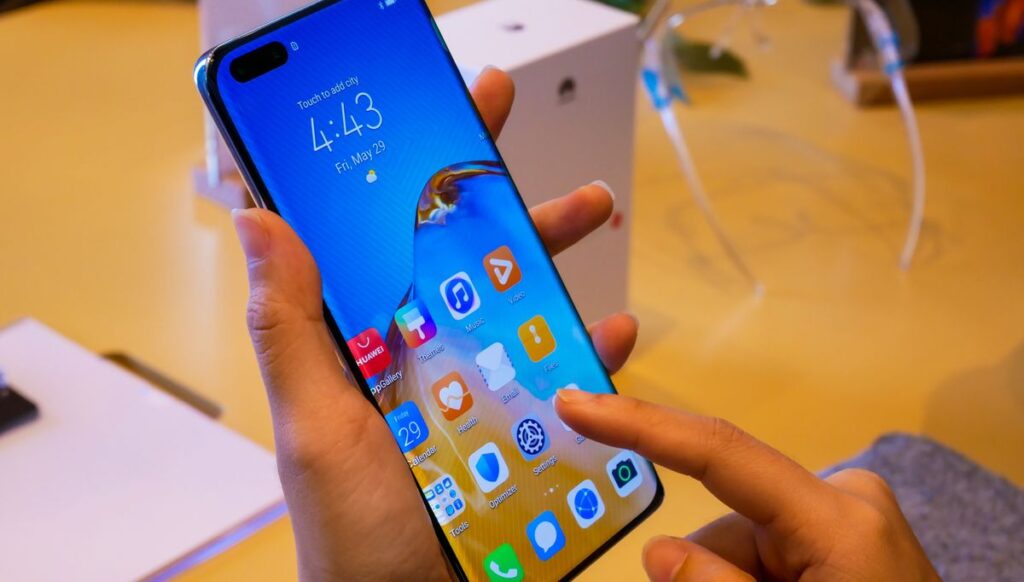Google recently launched a significant upgrade to its Find My Device network, addressing some long-standing limitations. The update, originally announced in May 2023, was unexpectedly released on April 8, catching many users off guard. If you’re feeling a bit lost with these changes, here are seven key points to help you navigate the updated system.
1. It’s a big upgrade for Google’s old Find My Device network
The previous version of Find My Device had limited functionality, primarily focusing on Android smartphones and Wear OS devices. The new update expands this capability to include a broader range of devices, such as Bluetooth location trackers. This enhancement allows for better detection of devices, even without an internet connection or active location services.
2. Google was waiting for Apple to add support to iPhones
Google’s update was initially delayed due to concerns about unwanted location tracking, prompting Google to wait for Apple to introduce similar anti-stalking measures on iOS devices. The forthcoming iOS 17.5 update may include features to combat unwanted tracking, potentially aligning with Google’s Find My Device upgrade.
3. It will roll out globally
The new Find My Device will be available worldwide, starting with the US and Canada, with a gradual rollout to other countries in the upcoming months. Android devices need to meet basic requirements, such as running Android 9 and having Bluetooth capabilities. Exclusive features for Pixel 8 and Pixel 8 Pro models enhance tracking capabilities even when the device is off.
4. You’ll receive unwanted tracker alerts
A notable feature of the update is the ability to detect and alert users about unauthorized Bluetooth trackers, including AirTags from Apple. This functionality extends to third-party Bluetooth trackers like Tile, Chipolo, and Pebblebee, enhancing user privacy and security.
5. Chipolo and Pebblebee are launching new trackers for it soon
Chipolo and Pebblebee are set to introduce new products that leverage the enhanced Find My Device network, offering compatibility with both Android and iOS devices. These new trackers, like the Chipolo ONE Point and Chipolo CARD Point, provide enhanced location tracking capabilities with long battery life.
6. It’ll work nicely with your Nest products
For users with Google Nest devices, Find My Device integration enables easy tracking of misplaced items within the home environment. The app’s visuals show a sequence of Nest devices attempting to locate the missing item, providing insights into its last known location.
7. Headphones are invited to the tracking party too
To enhance personal safety, Google’s Find My Device now includes support for locating select earbuds and headphones, such as the JBL Tour Pro 2, JBL Tour One M2, and Sony WH-1000XM5. This feature aims to deter potential misuse of audio accessories for tracking purposes.











